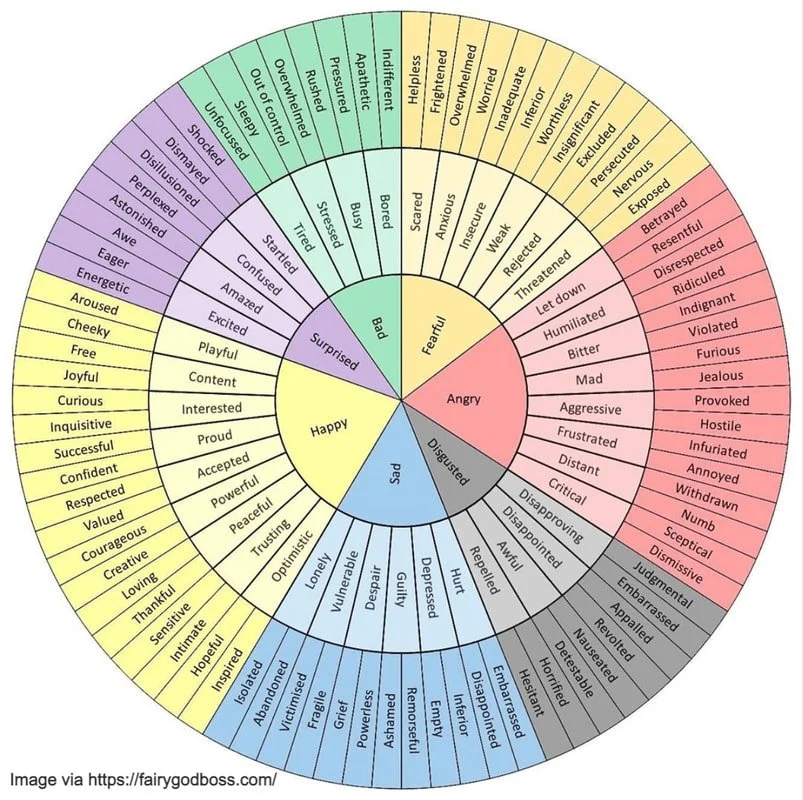What Is Anger Management?
Have you ever gotten angry and done something you've regretted? Maybe you've taken out your anger about work or finances on your kids. Maybe you've gotten so mad that you've broken household objects. Or maybe you've bottled up anger for months or years, and it just seems to explode when you can't hold it in anymore. If any of these situations sound familiar, anger management might be something for you to consider.
What Is Anger Management?
According to the Mayo Clinic, anger management is learning to recognize the signs when you're becoming angry and learning steps you can take to calm down so you can deal with your anger in an appropriate and productive way.
Just as important as it is to know what anger management is, it's also important to know what it is not. Anger management is not about getting rid of your anger, pretending it's not there, or judging ourselves for experiencing anger. Emotions themselves aren't good or bad, they're just healthy, normal parts of being human. The key to anger management is learning to express your feelings in a way that aligns with your values.
Anger management is typically taught in groups or classes. These courses strengthen both your internal coping skills and interpersonal skills with people in your life (family members, co-workers, and strangers on the street—just to name a few!) Anger management education can help you:
Communicate more effectively
Have more fulfilling relationships
Improve your overall health and well-being
Get in touch with your emotions
and more!
How Do I Know When I'm Angry?
Identifying anger (and any emotion, really!) can sometimes be just as difficult as experiencing it. Below, we've included an image of an emotion wheel to help you put a name to whatever you're experiencing. First, you start in the middle circle and select from a few different descriptors (bad=green, fearful=orange, angry=red, disgusted=black, sad=blue, happy=yellow, surprised=purple). Once you've narrowed down your choice, you can move into the next circle up.
Since we are talking about anger today, let's select from there. As you can see from the wheel, "angry" has a lot of different expressions. The next circle allows us to get more specific about our anger. We can choose from "let down," "humiliated," "bitter," "mad," "aggressive," "frustrated," "distant," and "critical."
Think back on the last time you were angry. Which of those adjectives describes your anger in a more specific way? Once you pick from there, you can move to the furthest circle out and select another word that describes your feelings.
Using an emotion wheel like this one is a helpful way to contextualize your anger. We hope in this exercise you can see that the emotion "anger" is actually pretty general, and getting more specific can help you get to the root cause of your feelings. We also don't want to forget that exercises like these can be super grounding when you feel your emotions going haywire. When you're feeling out-of-control anger, stop, take a breath, and pull out this emotion wheel to get an understanding of how you're really feeling, before you act on those emotions.
Did you enjoy this activity? Let us know in the comments.

